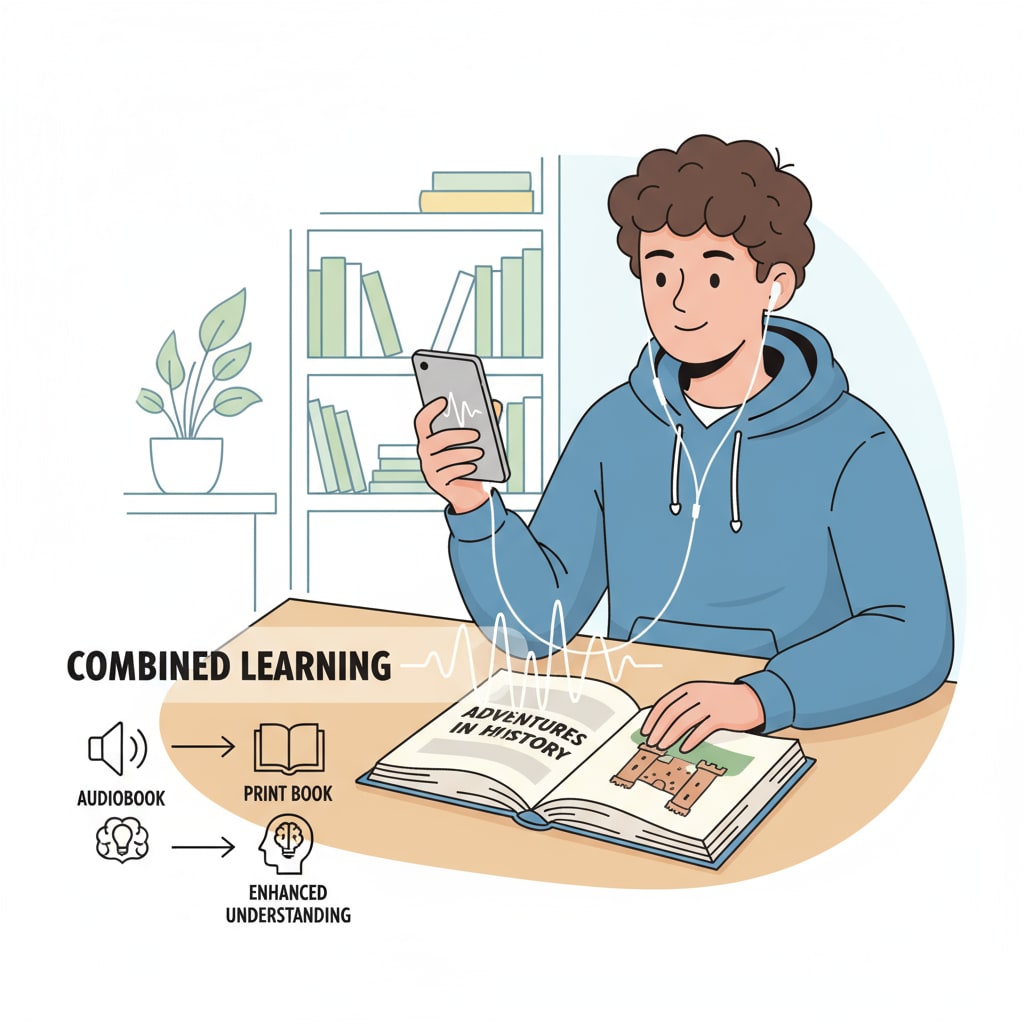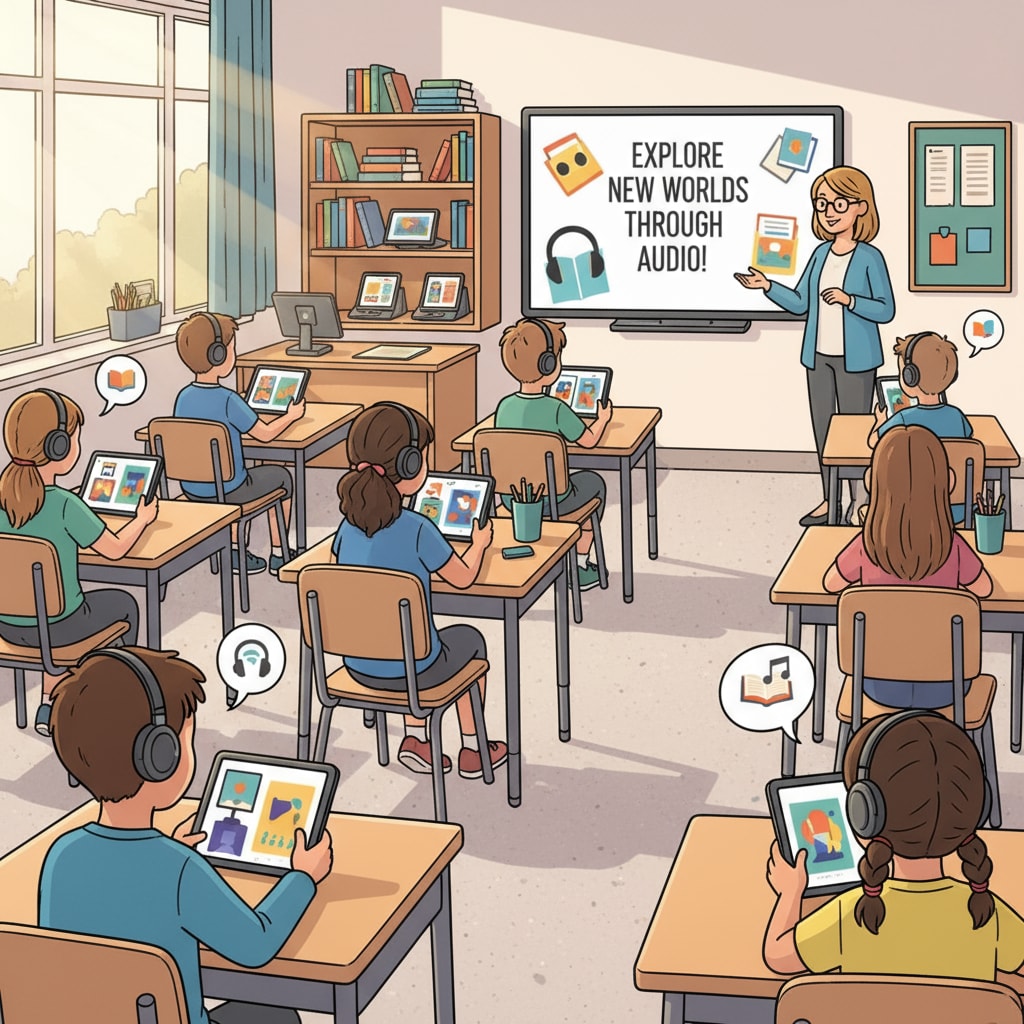In the realm of language arts education, the use of audiobooks as a potential substitute for traditional reading has become a hotly debated topic. The shift towards audiobooks has raised concerns about its impact on reading fluency and the overall learning experience of students. As technology continues to evolve, it’s essential to examine whether we’re inadvertently sacrificing children’s reading abilities.

The Rise of Audiobooks in Education
Audiobooks have seen a significant surge in popularity in recent years, especially in educational settings. With the convenience of digital devices, students can now access a vast library of audiobooks anytime, anywhere. This accessibility has made them an attractive option for educators looking to diversify their teaching methods. For example, in some classrooms, audiobooks are used to supplement traditional reading materials, providing an alternative way for students to engage with literature. According to ALA’s research on using audiobooks in the classroom, many teachers find that audiobooks can enhance students’ understanding of complex texts.

Reading Fluency: The Key Concern
One of the main concerns in this debate is the impact of audiobooks on reading fluency. Reading fluency refers to the ability to read text accurately, smoothly, and with expression. While audiobooks can expose students to language and vocabulary, they may not provide the same level of practice in decoding words and developing reading speed as traditional reading. When students read silently or aloud from a physical book, they are actively engaging with the text, which helps improve their fluency. However, listening to an audiobook may not require the same level of visual and cognitive processing. As a result, some educators worry that relying too much on audiobooks could hinder students’ development of this crucial skill. Reading Rockets’ article on reading fluency emphasizes the importance of hands-on reading practice.
Another aspect to consider is the long-term learning abilities of students. Traditional reading encourages deeper engagement with the material, as students can pause, reflect, and reread sections as needed. This active involvement helps with comprehension and retention of information. In contrast, audiobooks may lead to more passive listening, where students may not fully process the content. Therefore, it’s important to strike a balance between the two methods to ensure students develop strong reading skills and long-term learning capabilities.
Readability guidance: As we can see, the use of audiobooks in language arts education presents both opportunities and challenges. By understanding the impact on reading fluency and long-term learning, educators can make informed decisions about how to incorporate them into their teaching.


